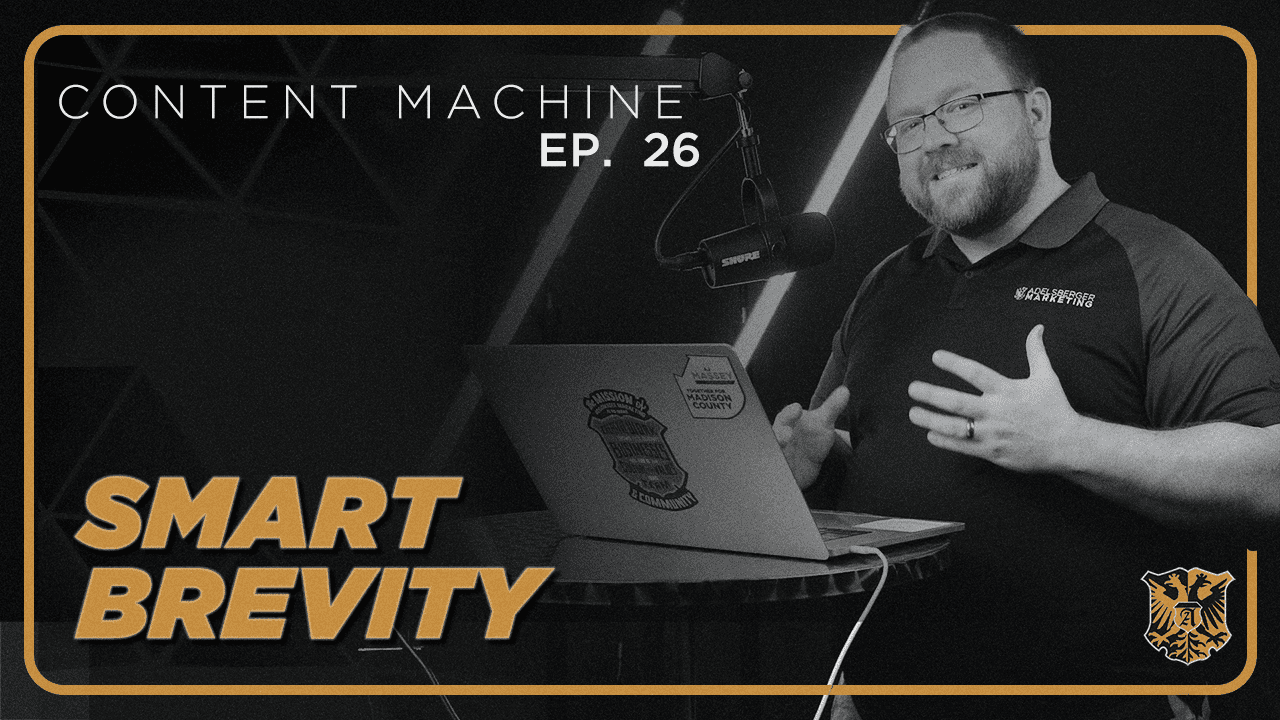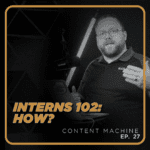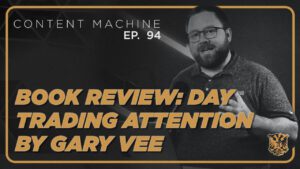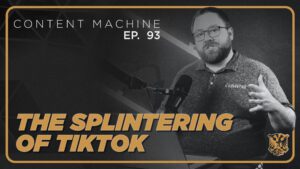
The internet is changing the way people read communications. Longer messages are less and less popular and likely going unread. So what can we do? And more specifically, what do we do when we have a lot to say but fewer words to say it in?
We can start by thinking about how to refine our communication to make it more friendly to modern readers, because while attention spans have dropped and the amount of information has exponentially increased, we still need to have our communications read and understood.
I noticed this being done well by one of my daily reads, the Nashville email newsletter. Axios, which if you don’t know, is an online publication specializing in the output of breaking news. They started branding their communication style with the term Smart Brevity. Then they released a book and a training on it, both using the title Smart Brevity. So if you’re interested in that, take a look. I think it contains some very helpful information for communicating in a world with modern readers. Being able to get the main point of your message across without cheapening it or leaving a vital detail out is a special skill. Smart Brevity tries to give a framework to make things shorter without making them shallower. Smart Brevity focuses on a few things. Structure of the content, focusing of the messaging, and prioritization of information.
Structuring of content in Smart Brevity has a lot to do with making the text more scannable. Instead of a wall of text like a classic newspaper article, you can break it up into short paragraphs using bold text for key thoughts and bullet points to make the information more accessible. Imagine if you could turn a one page story into 3 short 1-3 sentence paragraphs. This tactic would make it easer for the reader to decide based on those paragraphs whether or not they’re interested in reading the entire piece. That is the power of Smart Brevity.
Focusing on the messaging focuses you to acknowledge that more words are not always better and all the details are not often as relevant to the meaning of the story as others. A big concept here is to take the big idea of the piece and make it very clear. Even saying, “here is why this matters” or “here is the bigger picture” can help focus the attention of the reader.
Prioritizing information forces you to pull out key points. Sure, some thoughts might get left on the cutting room floor, but the important thing to think about is, what if trimming the excess is the difference between your idea being noticed or being forgotten? Smart Brevity allows a much greater opportunity for each person to at least see the idea that you’re trying to communicate. And from there, either move on, or if the topic or idea is relevant to them, to dive deeper and to click through to read the entire article.
I think it’s important to come to grips with the concept that not everyone is going to read your piece, and perhaps more importantly, no one is going to read your full piece. Would you rather the work be unread, or would you rather focus on getting the main idea out there and increasing the number of people who notice the work? Let’s not forget, if more people are noticing the work, more people are going to take time to read the whole thing. And as a marketer in 2023, I pick the second option every time. Smart Brevity, which clocks in according to the book’s front page, 28,002 words or 106 minutes of reading is a must read for anyone who communicates on the internet, whether that be internal communications or marketing communications. The book covers big ideas and gives you constant examples of how to implement its concepts. This is required reading for the writing staff at Adelsberger Marketing, and because of this, we hope it will help us shape our strategies for all of our clients going forward in 2023 and beyond.
Thank you for listening to the Content Machine podcast. If you found it helpful, forward it to a friend and stay tuned for future episodes.





